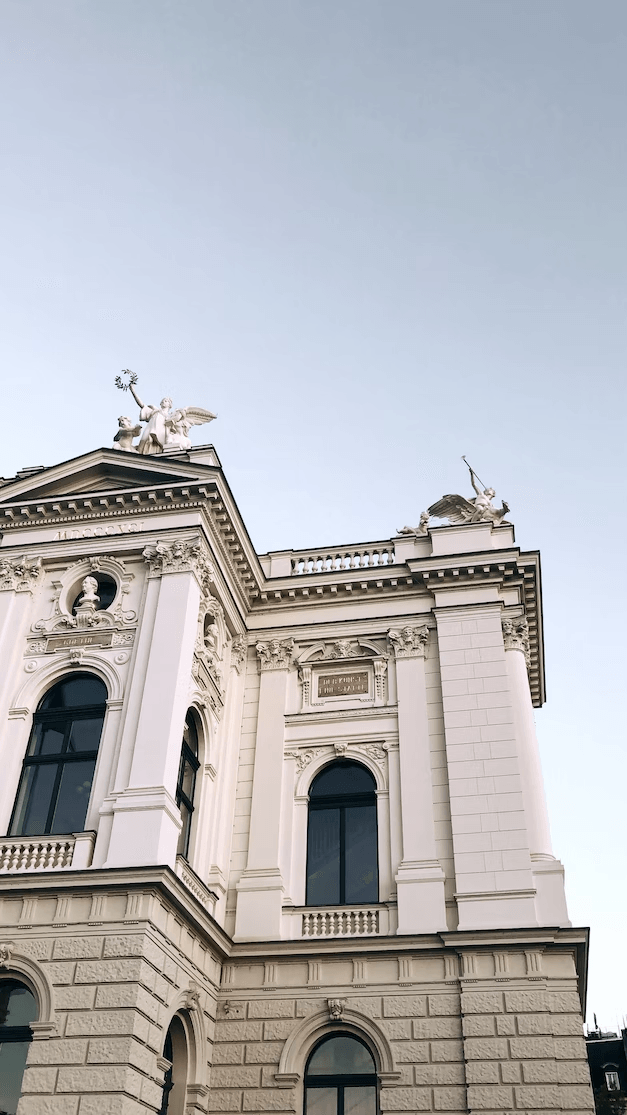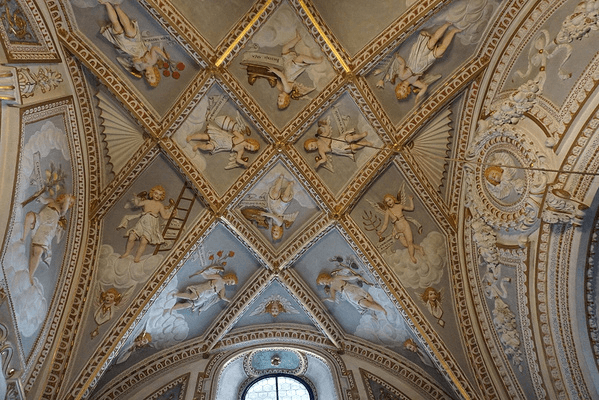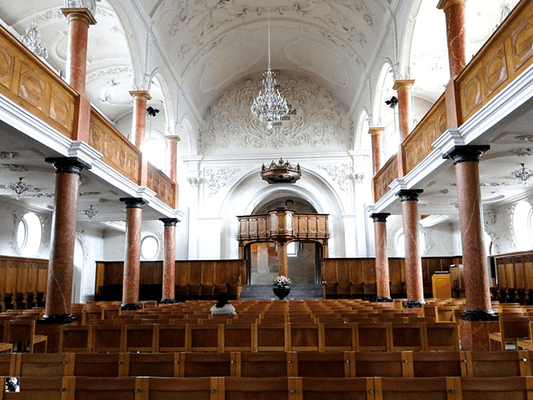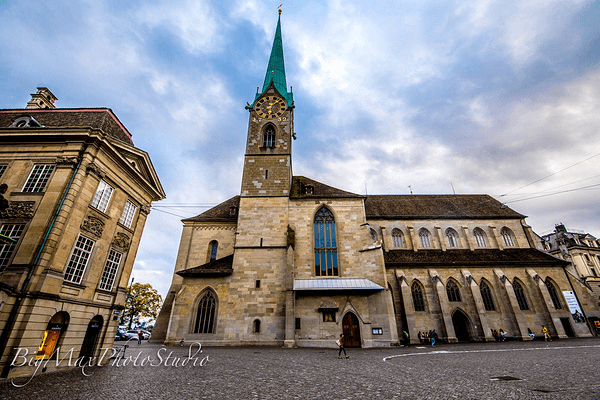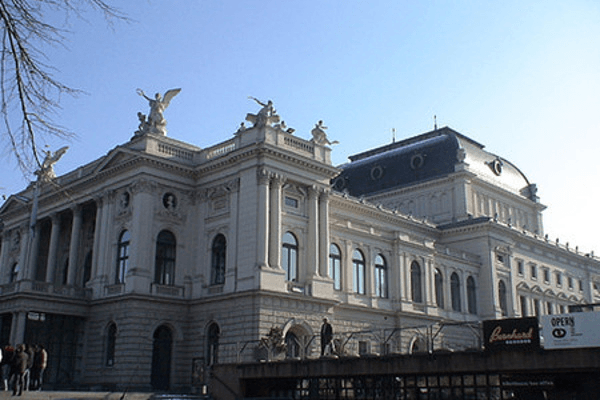Grossmünster
Grossmünster is located on the banks of the Limmat River, with its unique twin towers creating a striking visual impact. The architecture blends Romanesque, Late Gothic, and Neo-Gothic styles. In the south tower, one can easily find the statue of Charlemagne holding a sword, but it is just a replica; the original is placed in the crypt of the church. The oldest parts of Grossmünster, including the crypt and choir stalls, date back to the late 11th to early 12th centuries. Here, one can see traces of frescoes, exuding a profound sense of history.
St. Peter's Church
Located in the winding alleys of Zurich, St. Peter's Church is the oldest church and the only Baroque church. The massive Romanesque tower from the 13th century is its most prominent feature, having once served as a watchtower. The large clock built in 1880 is considered the crown of Europe with a dial diameter of 8.7 meters. The church's baptismal font, intricately carved choir seats, artistic relief decorations, and its organ are also unforgettable!
Church of Our Lady
The Church of Our Lady stands on the west bank of the Limmat River, with its elegant green spire particularly eye-catching. It was built in the mid-9th century by German King Rudolf II as a convent for women. It was reconstructed in the Gothic style from the 12th to the 15th century, and a bell tower was added in 1732. To the left of the church entrance is a unique stained glass window created by the famous French painter Marc Chagall in 1970, depicting an image of Christ.
Zurich Opera House
The Zurich Opera House, completed in 1891, is a small and exquisite theater in the Neo-Baroque style. It is one of the most prominent theaters today. The most popular tourist season is from September to the end of June of the following year, offering ballet performances and recitals. In addition to watching performances, you can also participate in backstage tours of the theater, getting a close look at the stage structure, dressing rooms, rehearsal halls, and listening to behind-the-scenes stories of the theater.
